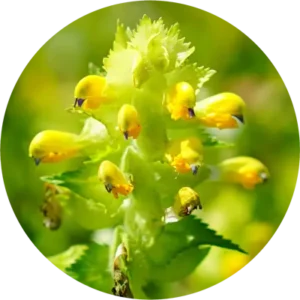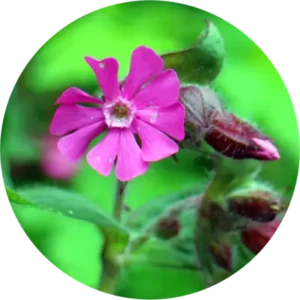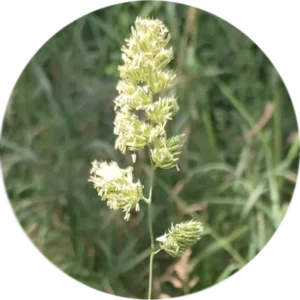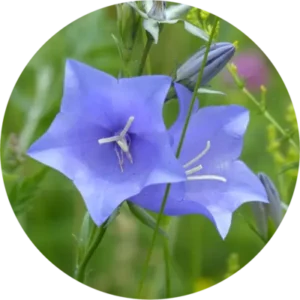A feast for the eyes and a place of great diversity
Flower meadows are particularly species-rich habitats – now become rare – and considered therefore as absolutely worth protecting. Due to their nitrogen-poor soils, they are also called „low-nutrient meadows“. They should not be confused with short-lived, colourful flowering areas, which are oft en composed of cultivated varieties, annual field wild flowers, and crops like sunflowers. Perennial flower meadows consist of native wildflowers and grasses.
A sunny location is preferred, and with proper care, these meadows become more beautiful, vibrant, and diverse year aft er year. Rare butterflies, hymenoptera (such as bees and wasps), hoverflies, grasshoppers, spiders, beetles, and birds find food and habitat in these meadows.
Meadow of flowers
- are a stable, permanent species community of flowers and grasses, which means that it is difficult for other species from outside to establish themselves or overgrow them.
- provide a home to many rare animal and plant species; the nutrient-poorer the location, the more varied life on the meadow
- have become rare today due to excessive agricultural fertilisation.
- must be maintained and cared for (mowing or pasturing).

The name of the plant refers to the
ripe fruits whose seeds rattle audibly when shaken. Interesting: Rattles inhibits grass growth.

The red-campion flowers are visited
by hymenoptera, butterflies and
hoverflies. Among other things, the
plant serves as caterpiller food source for some moth species.

The sheep‘s fescue is a native, robust grass and serves, among other things, as a food source for butterfly caterpillars. Grasses, together with a variety of flowers, form a permanent community of species, preventing the dominant overgrowth of a single
flowering plant.

The plant is an indicator of nutrientpoor soils and prefers dry to fresh low-nutrient meadows, pasture grassland, forest edges, also rocky sites. Its flowers are visited by wild bees. It serves as a food source for the caterpillars of some moths.